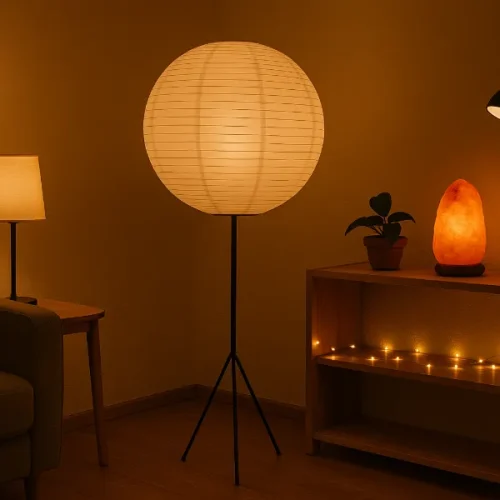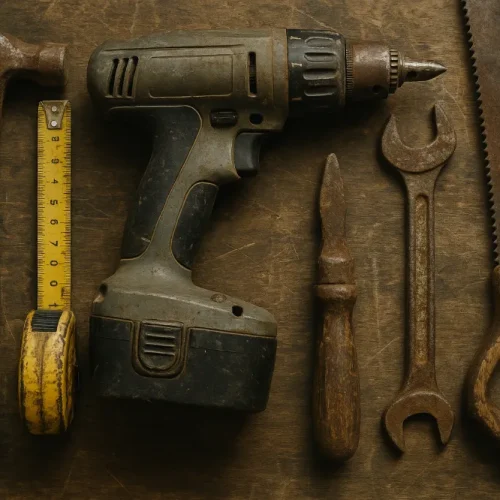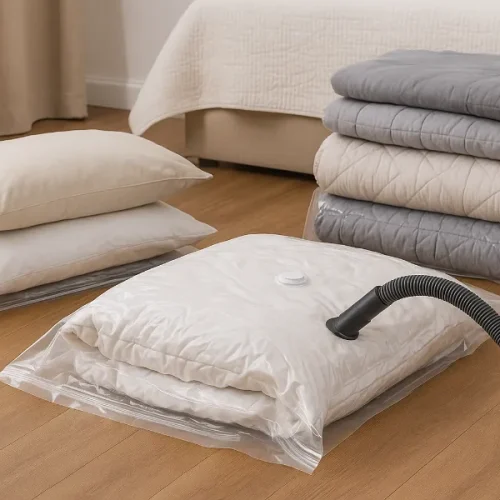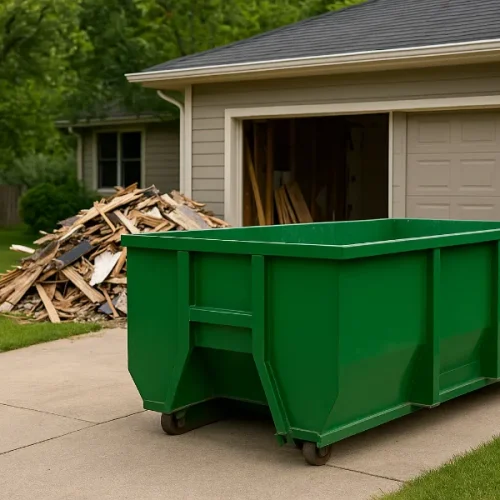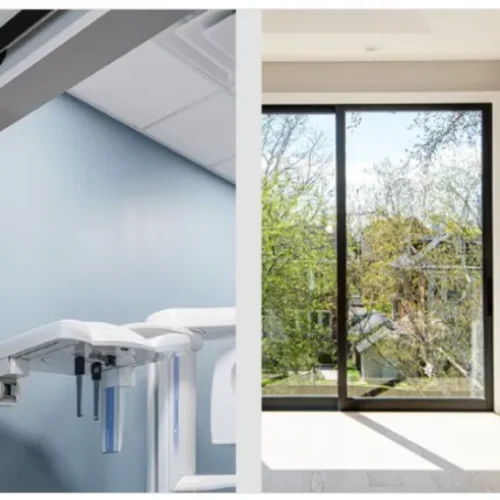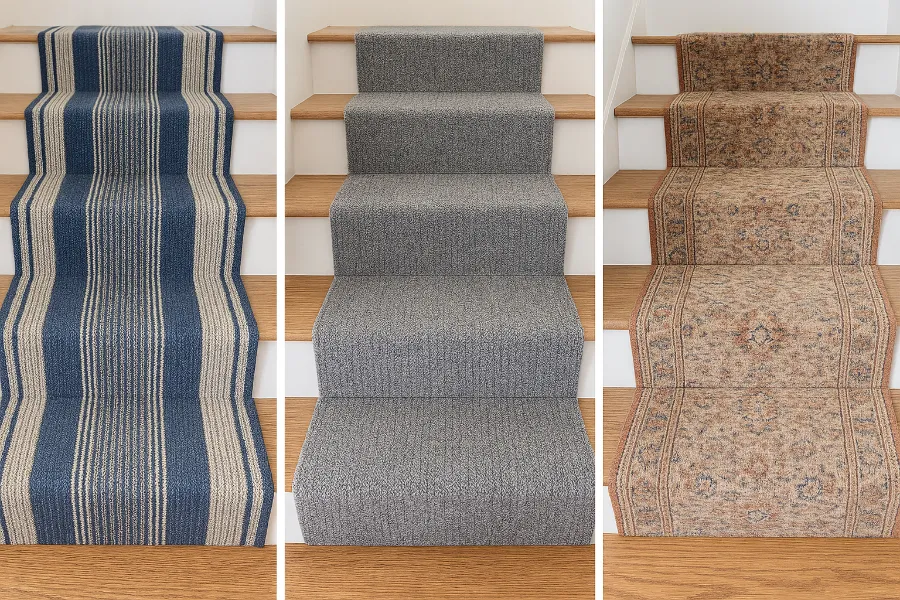
A stair runner carpet is one of those home décor details that completely transforms a space. It’s not just about adding a soft layer underfoot. It’s about safety, style, noise control, and preserving your stairs for years to come. When chosen well, a stair runner carpet doesn’t just sit quietly in the background—it becomes a statement piece that elevates your entire interior.
Let’s dive deep into everything you need to know about stair runner carpets, from choosing the right material to installation styles, costs, and maintenance. By the end, you’ll have all the practical and creative insights you need to bring this décor upgrade to life.
Why Add a Stair Runner Carpet?
Stair runners aren’t just for show. They serve multiple functions that make them worth the investment:
- Safety first: Hardwood or polished stairs can be slippery. A stair runner carpet reduces the risk of falls, especially for kids, pets, and older family members.
- Noise reduction: No more echoing footsteps through your hallway. The carpet absorbs sound, making your home more peaceful.
- Protecting your stairs: Stairs see a lot of foot traffic. A runner prevents scuffs, scratches, and dents on the wood beneath.
- Comfort: That soft landing underfoot feels great—especially when walking barefoot.
- Aesthetic upgrade: Beyond function, stair runners bring texture, color, and personality into your space. They can add a subtle layer of elegance or a bold design statement.
How Wide Should a Stair Runner Carpet Be?
Getting the width right is critical. Too narrow, and it looks skimpy. Too wide, and it loses the contrast with the exposed wood.
- For standard staircases (36–42 inches wide), most runners are 27–32 inches wide.
- The sweet spot? Leave about 3–5 inches of exposed wood on each side of the runner.
- On wider staircases, you can go broader, but keeping those side margins consistent maintains balance and symmetry.
Best Materials for Stair Runner Carpets
Choosing the right material ensures your runner not only looks beautiful but also lasts for years. Here are the most popular options:
- Wool: The gold standard. Durable, soft, naturally stain-resistant, and luxurious. A bit pricier but worth the investment.
- Sisal or natural fibers: Brings an organic, earthy vibe. Great for rustic or coastal interiors, though less forgiving with stains.
- Polypropylene (synthetic): Budget-friendly, durable, and excellent for high-traffic areas. Easy to clean, but less plush than wool.
- Blends: Many modern stair runner carpets are blends of wool and synthetics, striking a balance between softness, resilience, and affordability.
Choosing Colors and Designs
The design of your stair runner carpet sets the mood. Think about your home’s overall style and what you want the staircase to say.
- Bold patterns: Stripes, geometrics, and oriental-inspired designs add drama and energy.
- Neutral tones: Greys, beige, or soft taupes blend seamlessly with minimalist or classic décor.
- Dark colors: Great for hiding dirt and wear, but may make narrow staircases feel tighter.
- Light colors: Open up the space but may need more frequent cleaning.
- Pattern direction: Vertical stripes elongate the staircase visually, while small repeating motifs give subtle detail.
Tip: Always bring samples into your home. The lighting in your stairwell can dramatically change how a color or pattern appears.
Installation Styles: Hollywood vs. Waterfall
When installing a stair runner carpet, two main techniques are used:
- Hollywood installation: The carpet is tightly wrapped around the edge of each tread and secured under the nose. It gives a clean, tailored look.
- Waterfall installation: The carpet falls straight from the edge of one tread to the next riser, without being wrapped. This style is more relaxed and traditional.
Both methods look great—it comes down to whether you prefer crisp and modern (Hollywood) or soft and casual (Waterfall).
Step-by-Step: Installing a Stair Runner Carpet
If you’re handy, you can install a runner yourself. Here’s a simplified guide:
- Gather your tools: Tape measure, utility knife, staple gun, tackless strips, knee kicker, and a rubber mallet.
- Prep your stairs: Clean thoroughly and ensure the surface is smooth. If needed, sand down rough patches.
- Mark centerlines: Use painter’s tape to mark where the runner will sit. Keeping it straight is crucial.
- Lay tackless strips: Install them at the back of each tread, leaving room for the carpet edge.
- Roll out the runner: Start at the top of the staircase, anchoring the first section securely.
- Staple and tuck: Work your way down, pulling the carpet tight and stapling along edges. Use a knee kicker to smooth it out.
- Finish edges: Trim any excess and secure with stair rods or binding tape for a polished look.
Professional installation ensures perfection, but a skilled DIYer can save hundreds by doing it themselves.
Cost Considerations
The cost of a stair runner carpet varies widely based on material, size, and installation:
- Materials: $10–$50 per linear foot. Wool runs higher, while synthetics are budget-friendly.
- Professional installation: $200–$600 depending on the staircase complexity.
- DIY savings: You’ll pay mainly for the runner and supplies. Expect to spend $150–$300 total for a standard staircase.
Maintenance and Care
Keeping your stair runner carpet looking fresh requires some attention:
- Vacuum regularly: Prevents dirt from embedding into fibers.
- Spot clean spills immediately: Wool resists stains but act fast. Use a mild carpet cleaner for synthetics.
- Rotate if possible: Some runners can be flipped or repositioned to extend lifespan.
- Professional cleaning: Every 12–18 months, especially for wool.
Accessories and Finishing Touches
The little details can elevate your stair runner carpet even more:
- Stair rods: Decorative and functional, they hold the runner in place while adding a polished look.
- Grips and pads: Prevent slipping and cushion the steps.
- Borders: A contrasting border on a neutral runner creates a custom designer look.
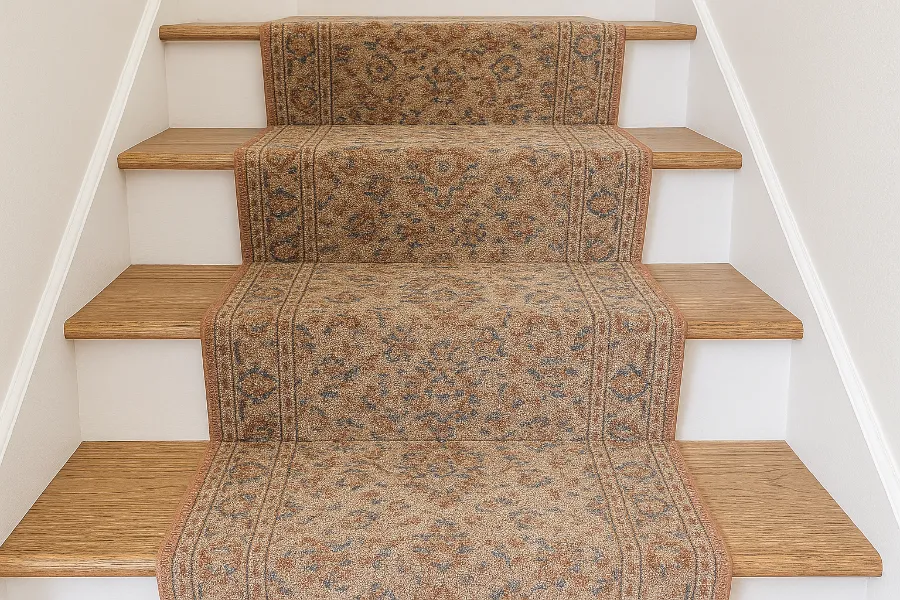
Final Thoughts
A stair runner carpet is more than just a floor covering. It’s an investment in comfort, safety, and design. From bold statement stripes to subtle neutral wool, the right runner can completely redefine your staircase. With the right material, design, and installation, your stairs can go from purely functional to a showpiece that connects your home’s design seamlessly.
If you’re considering one, start by thinking about your family’s lifestyle and your home’s aesthetic. Then, pick the combination that feels both stylish and practical. That’s the beauty of stair runner carpets—they’re as versatile as they are essential.



